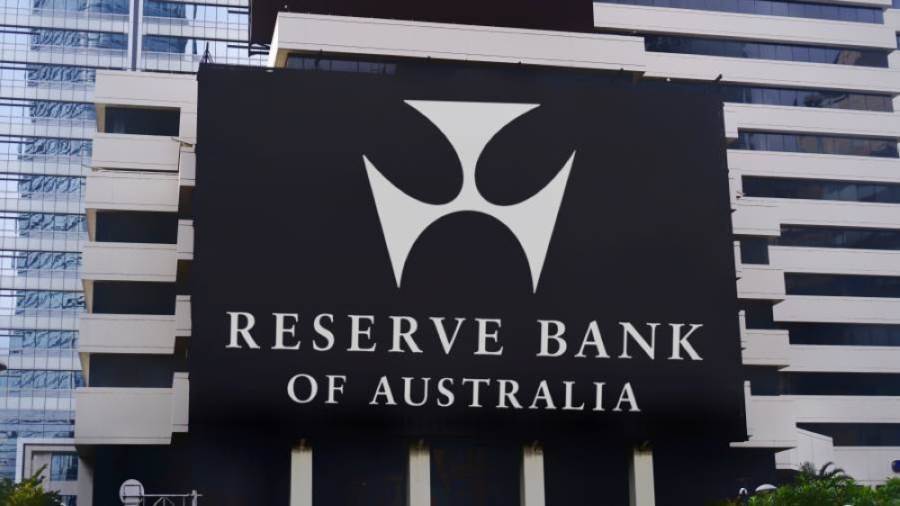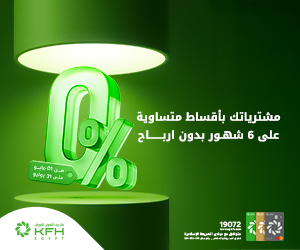Australia Cuts Interest Rates to Lowest Level in Two Years Amid Global Slowdown and Easing Inflation

The Reserve Bank of Australia (RBA) has lowered its benchmark interest rate by 25 basis points to 3.85%, marking its lowest level in two years. The move reflects growing concerns over a global economic slowdown and a sustained decline in domestic inflation, while signaling caution regarding any further quantitative easing.

Key Developments:
- The Australian dollar fell by 0.4% to USD 0.6430 following the rate cut.
- Three-year government bond futures rose by 5 basis points, indicating a favorable bond market response.
- The decision was made at the conclusion of the RBA’s two-day monetary policy meeting.
The RBA stated that inflation risks have eased and that international developments are expected to weigh on Australia’s economic outlook. The central bank emphasized that its two main considerations are the moderation in domestic inflation and weakening global forecasts—particularly in the wake of recent trade tensions that flared up last month.
Inflation Trends:
- Headline consumer price inflation stood at 2.4% in Q1.
- Core inflation came in at 2.9%, placing it within the RBA’s target range of 2% to 3% for the first time since 2021.
Shaun Langcake, Head of Macroeconomic Forecasting at Oxford Economics Australia, noted that the RBA maintained a cautious tone regarding further rate cuts. He pointed to persistent challenges such as weak productivity growth and a softening labor market, which continue to exert pressure on labor costs.
Langcake added that the current cash rate remains “somewhat elevated,” and he anticipates two more rate cuts in the second half of the year.
With inflation stabilizing within target and external risks mounting, the RBA’s decision signals a shift toward a more accommodative stance, albeit with caution. Market participants should brace for potential further easing in the coming months, especially if global economic conditions continue to deteriorate.


























